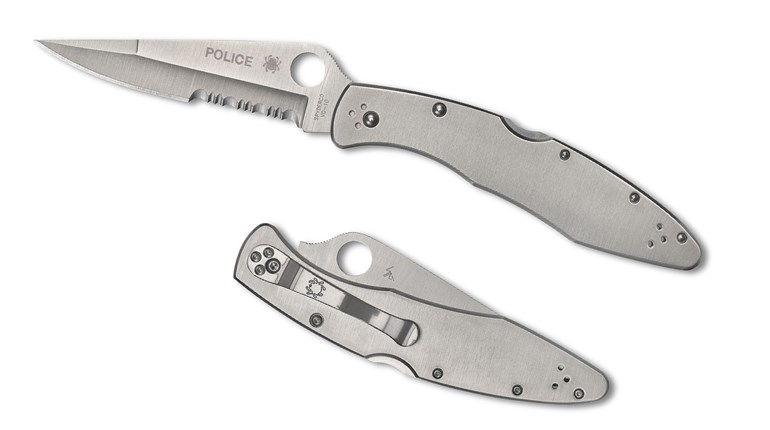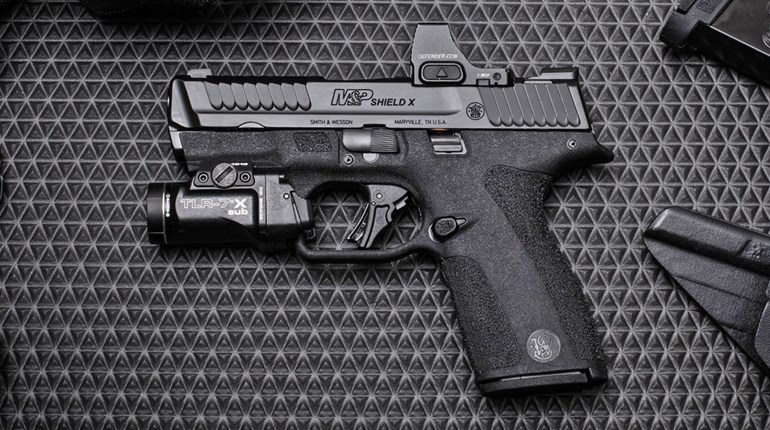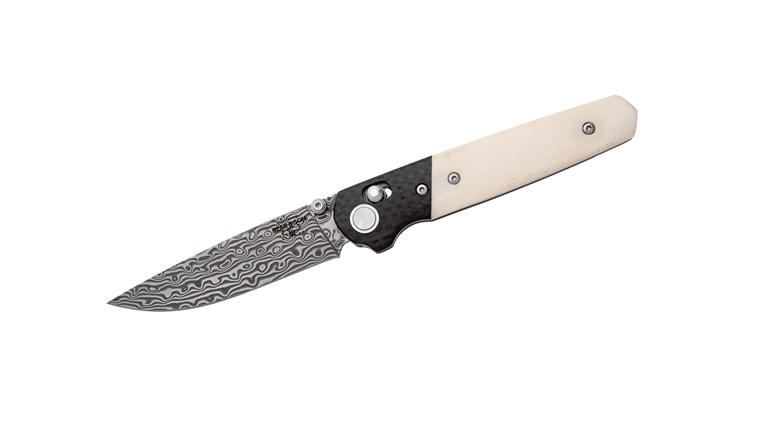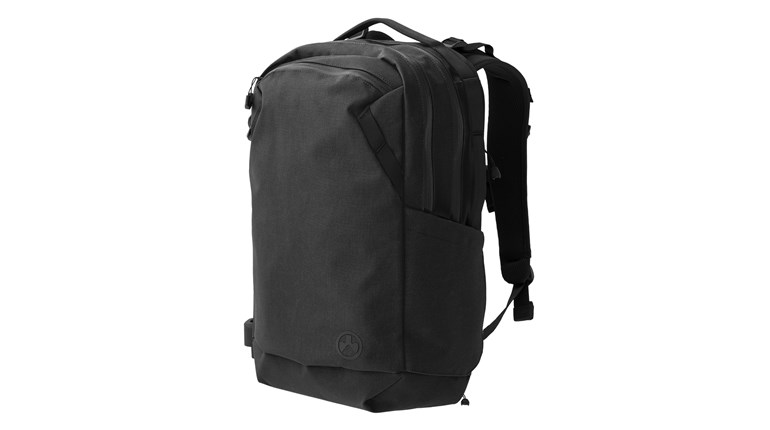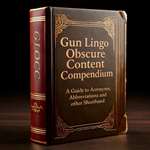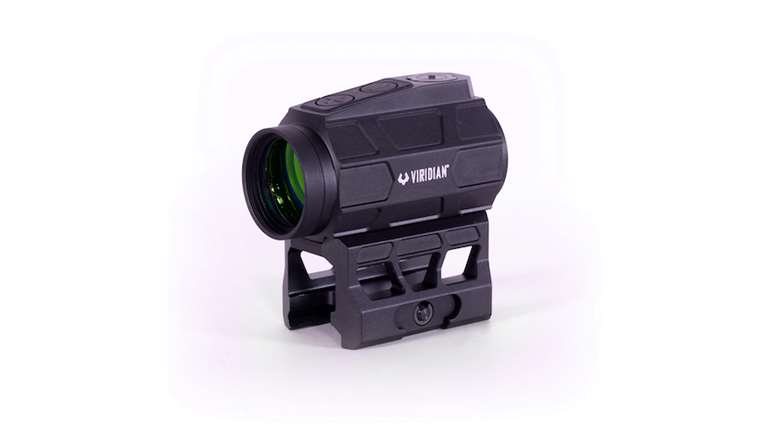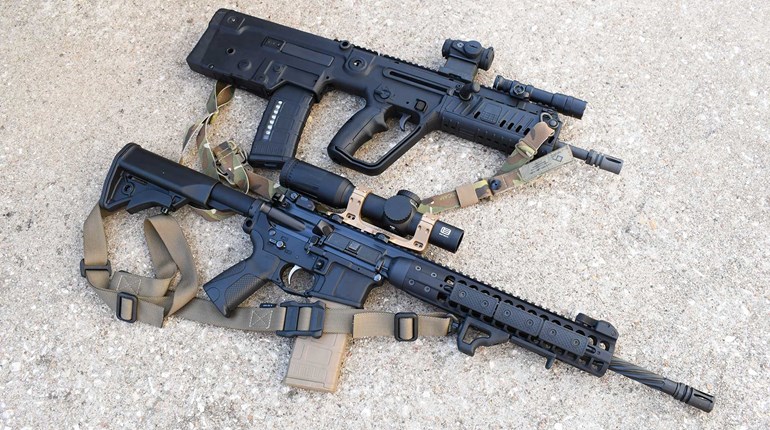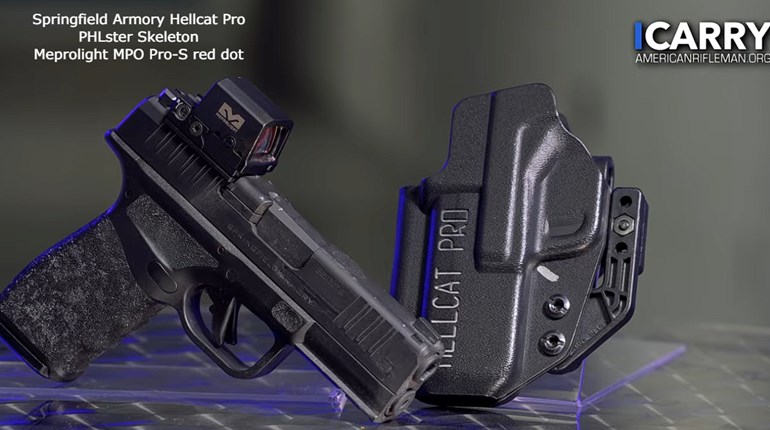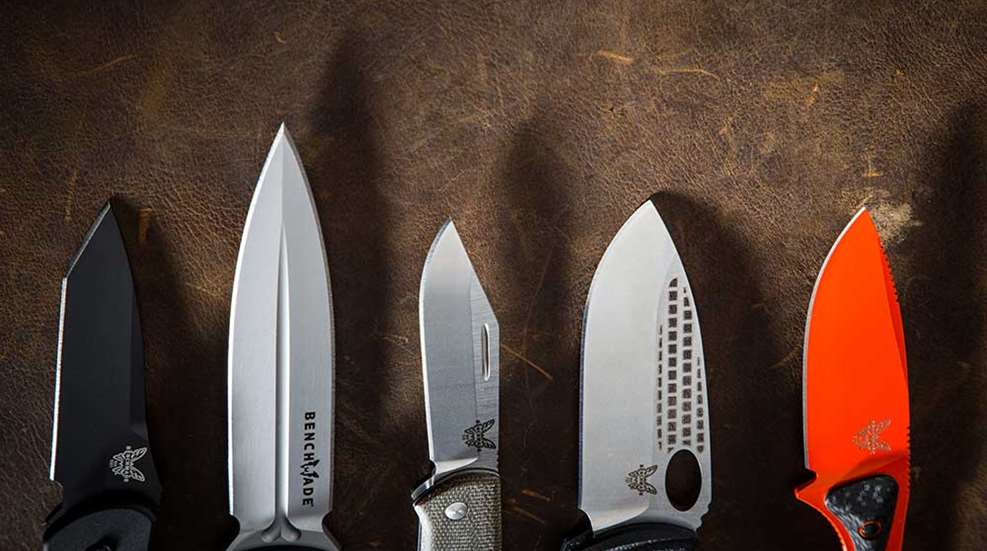
Since the forging of the first knife, the proverbial “tip of the blade” has since held many shapes. These are too numerous to list and, in fact, many have been lost to antiquity. Over millennia, knife-blade styles and designs have undergone thorough development and beta-testing phases eliminating, by trial and error, those that were proven non-functional or less-than-optimal performance (i.g. too thin, too long, too short, etc.) What is available to us here in the 21st century has been refined, based on functionality, to a relatively common set of knife industry design standards.
Design is based squarely on function. The first question you should ask when looking to buy a knife is this: what exactly are you going to use it for? If it’s to open boxes, then the best knife would be a box-top cutter. If it’s to skin a deer, then the most important detail concerning skinning is to use the knife as little as possible. Skinning mid-size game should take you a minimal number of strokes and the style and design of a good skinning blade should reflect this functionality. In this case, a fixed blade usually works best, but there are some pocket folders out there that can hold their own.
If the job qualification your trying to fill is that of a so-called “survival knife” implying you may find yourself in a heavily wooded area and may need to dig holes in the ground, chop down trees or clear branches and the like, then you’re going to want a stout, longer fixed blade with a hefty handle. In this case, a small lightweight folding pocket knife may not be your best option.
In the ubiquitous search for the “perfect” everyday-carry (EDC) knife, there are myriad functionality options to consider referencing style and design.
Limitless and unknown usage parameters make it virtually impossible to provide a blanket answer the question, “What is the ‘best’ EDC blade?” However, to help narrow your scope of study, there are a few considerations you can contemplate to assist in your decision.
Is it a knife that needs to be lightweight? Do you want a fixed blade or a folding blade? If you plan on carrying it on your person, then where will you carry it? In your pocket, around your neck, inside your waist band? How much real estate do you want it to take up on your body? What is your budget? How does it fit your hand? Is it legal to carry in your state? The list of qualifiers can be endless.
Among the most common blade geometries which contribute to style and are part of overall design include the spear point, drop point, clip point and angled point. Again, there exists an unlimited array, but here is a sampling of commonly available options:
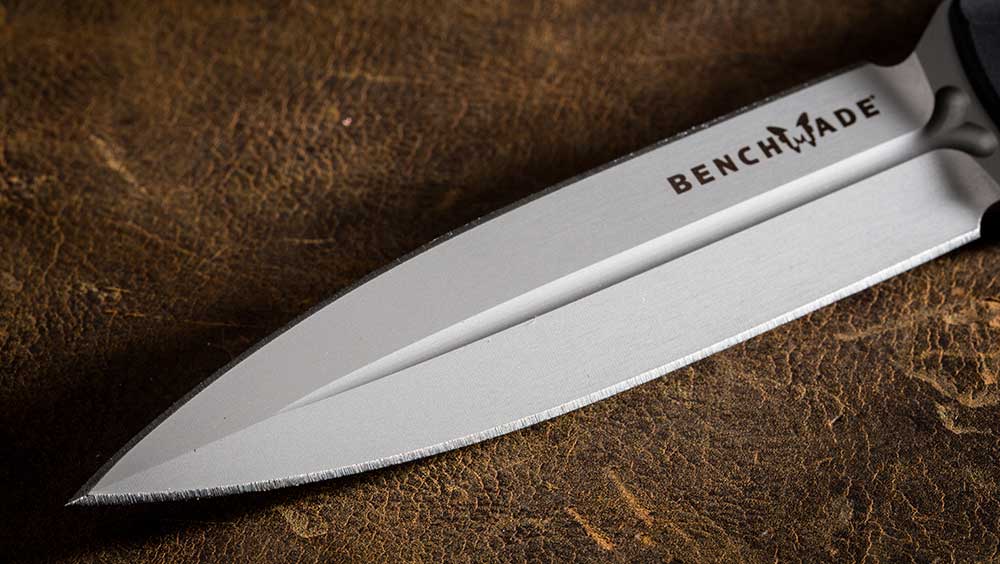
1. Spear Point
The term “Spear Point” is applied to any point of a blade that is in the classical spear-shaped configuration. It was named directly after the formidable hand-held weapon of antiquity which was engineered specifically to pierce or to be used for thrusting. A spear-point configuration is identified by symmetric angles on both sides and is generally the point of choice for daggers, stilettos and double-edged fixed blades.
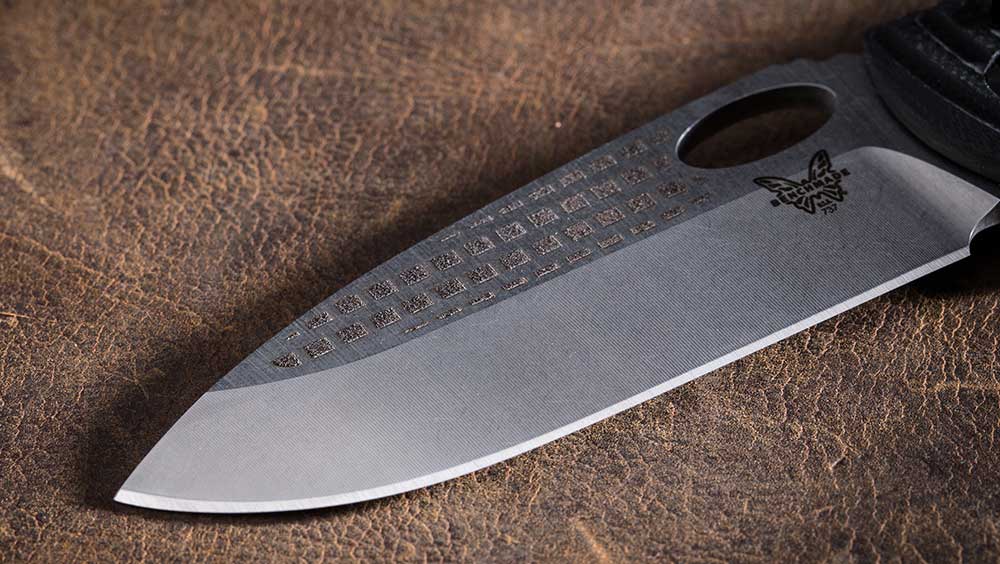
2. Drop Point
A slight angle on the top side of the blade tapering toward the point has the appearance of “dropping downward” – hence the name “Drop Point”. Traditionally, Drop Points were designed for better handling and control of the blade and is usually found at the tip of hunting knives.
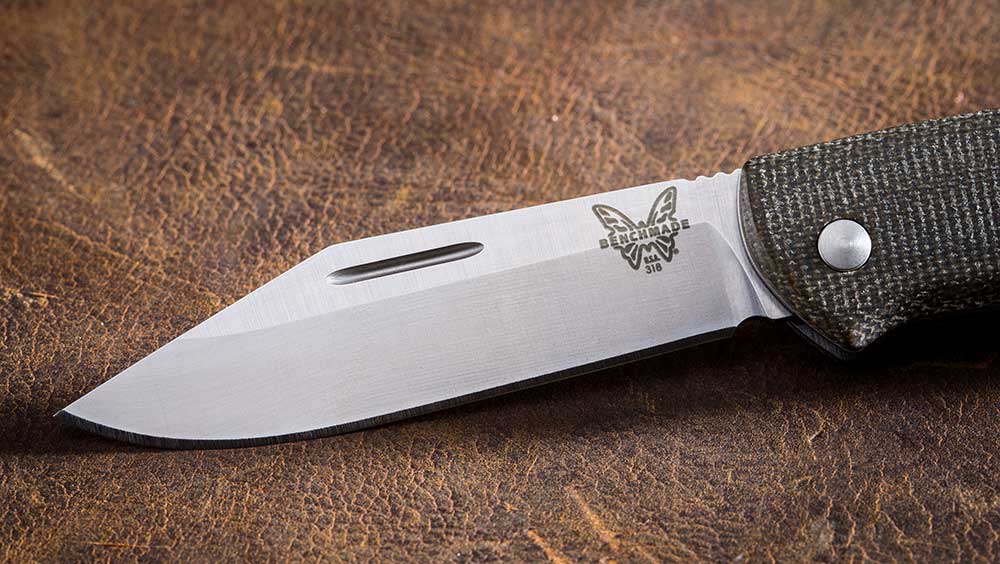
3. Clip Point
Traditionally a Clip Point is a concave shape curves slightly from about one-third the length of the blade tapering forward toward the tip of the blade. Often utilized for thrusting as it allows maximum penetration because of a narrowed surface area and curved angle at the very tip which can conversely be the weakest part of the blade if used for prying.
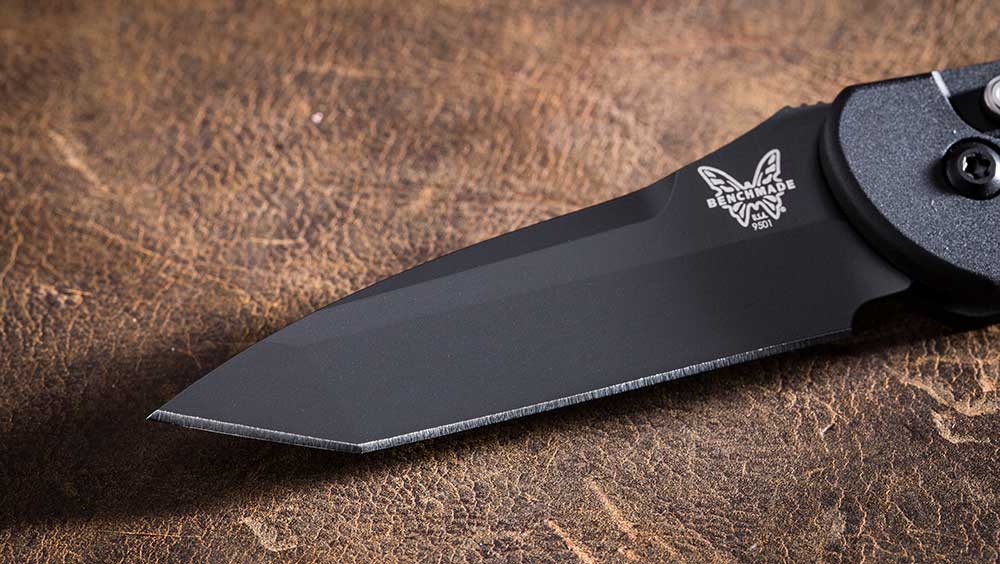
4. Angled Point
Steeped in tradition, the Angle Point or often referred to as the “Tanto” is one of the most-rugged blade tip designs in the industry. The Angle or Tanto Point is characterized by hard straight angle cuts usually supported by a chisel or beveled grind and thick blade. In ancient times, the traditional Japanese Tanto was referred to as “Yoroi Toshi” – literally translating to “body-armor piercing,” for which is what it was originally designed. Today the Angle or Tanto Point is synonymous with optimal thrusting and is noted for its stoutness and strength.
What’s the best knife for self-defense? Before finding the answer to that question, you need to take a good close look at why you would need to use a knife in particular for self-defense. Any self-defense situation you may find yourself in, requiring use of force to save life or limb, may warrant the use of any weapon of opportunity for the sole purpose of getting you out of peril. Such a weapon can be a rock, a stick, a frying pan, a knife or a gun. The fact that you may use a knife or even how it's designed is inconsequential.
Aside from the omnipresent cool-guy factor, blade styles and designs end up providing answers to important questions to ask before buying. Exactly what do you plan to use the knife for? How well does it fit your state and local knife laws? Can you get a solid grip and firm control of it? And, of course, does it fit your budget?












